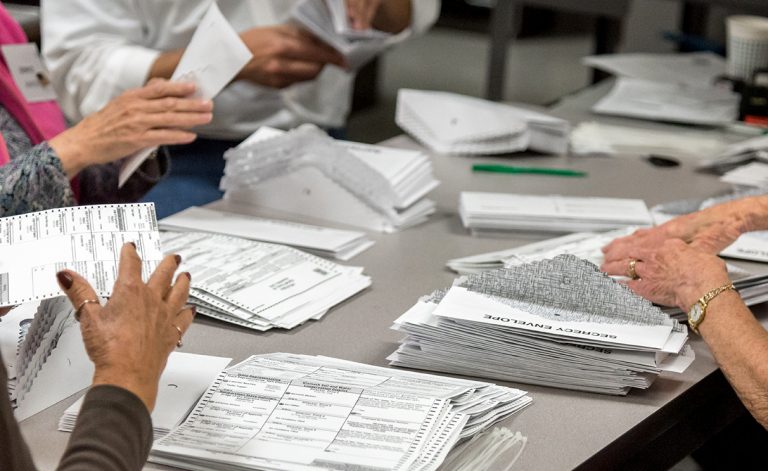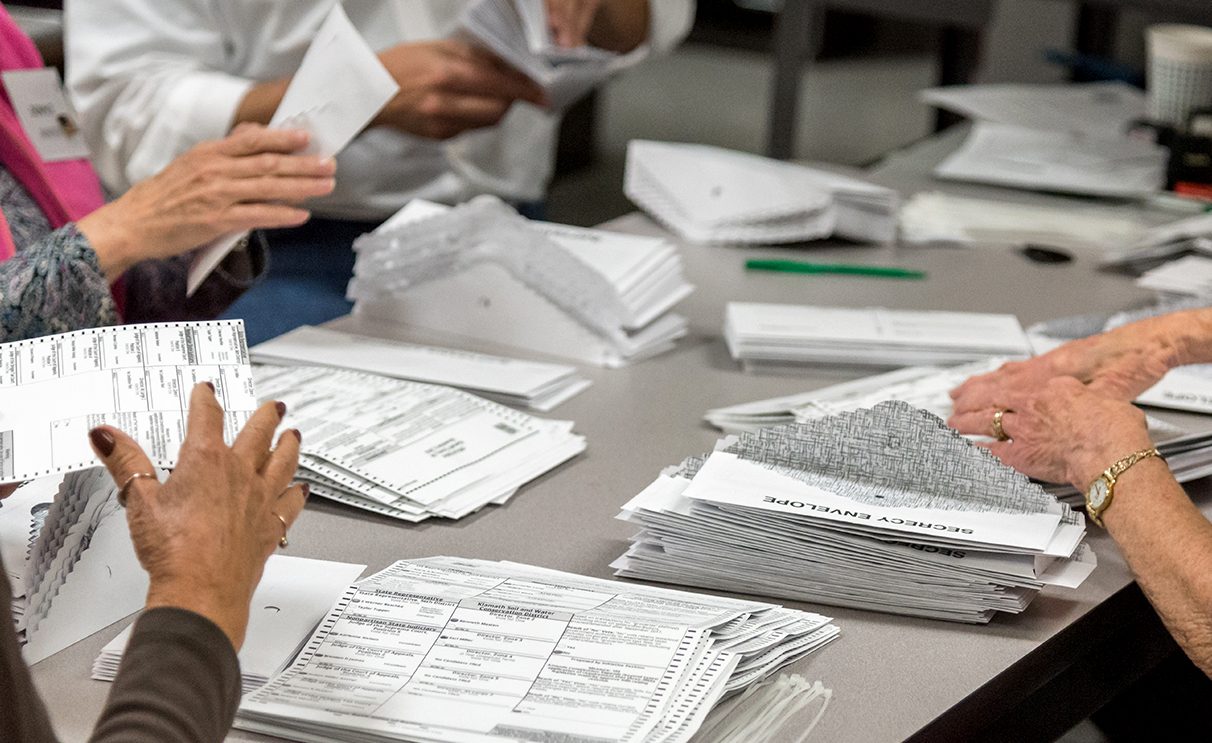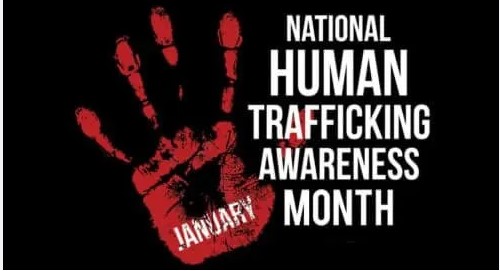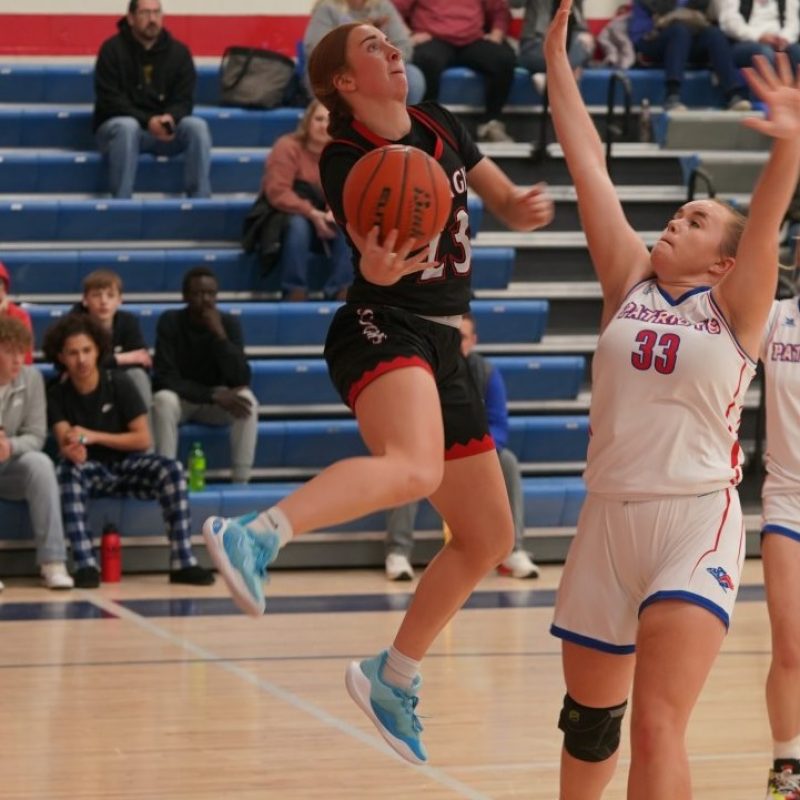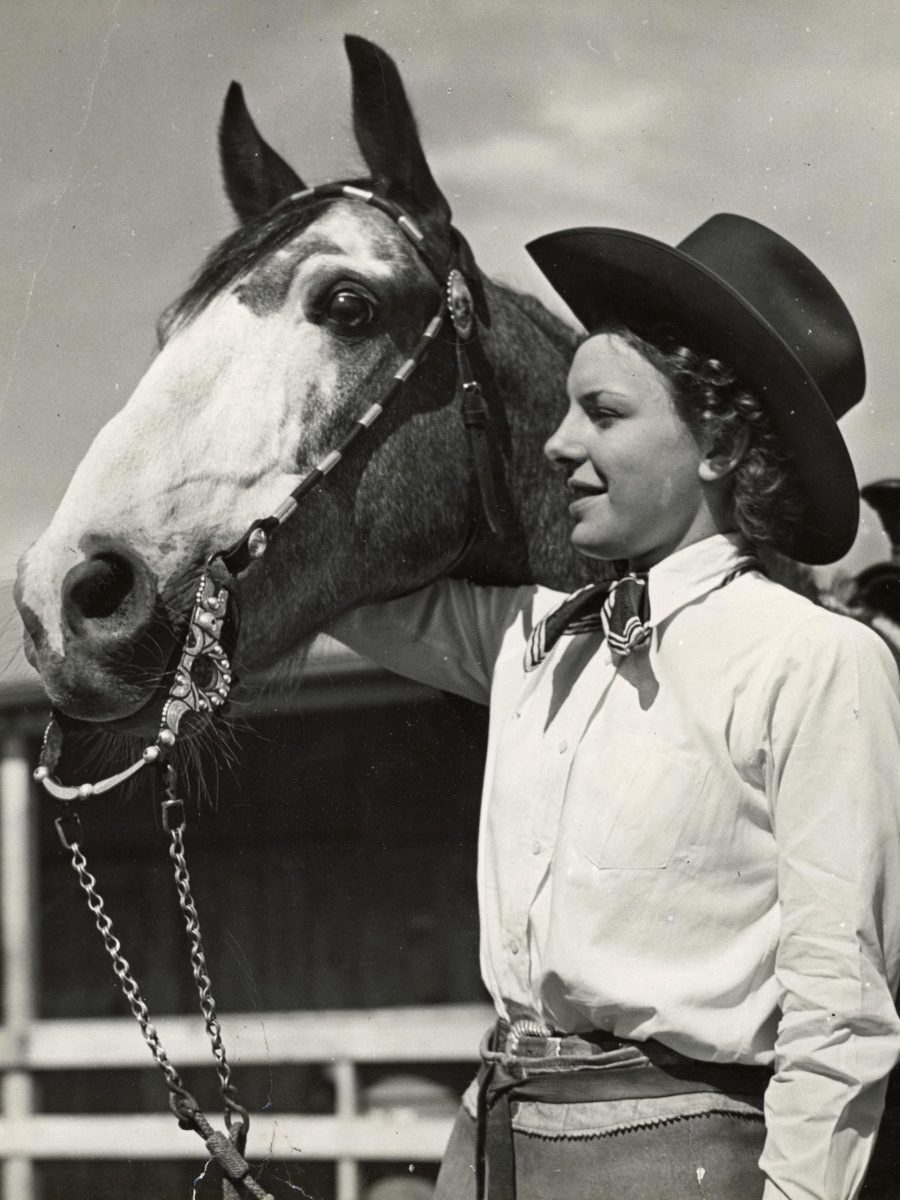PIERRE, S.D. (AP) — South Dakota health officials warned Wednesday that despite coronavirus cases declining to the lowest rates since the early days of the pandemic, the state could see a resurgence of the virus in the fall if not enough people are vaccinated against COVID-19.
State epidemiologist Josh Clayton explained the coronavirus is a respiratory virus, meaning there is a risk of a resurgence when people gather indoors as the weather cools. Currently, with the weather hot and virus cases dropping, it’s easy to see why many would let their guard down: South Dakota reported just 10 new cases Wednesday, meaning there are 170 active cases statewide.
 But last year, the state saw virus infections decrease going into the summer, only to surge throughout the fall and peak in November with intensive care units brimming with COVID-19 patients. Clayton hopes that scenario will be avoided this year with the arrival of vaccinations.
But last year, the state saw virus infections decrease going into the summer, only to surge throughout the fall and peak in November with intensive care units brimming with COVID-19 patients. Clayton hopes that scenario will be avoided this year with the arrival of vaccinations.
However, vaccination rates have stagnated in recent weeks. About 56% of South Dakotans eligible for the vaccine have received at least one shot — well short of the Department of Health’s goal of reaching 70%. People are not getting vaccinated fast enough to reach that goal before the fall. Roughly 90,000 more people would need to get shots to reach 70%, but over the last four weeks, about 10,000 people have received their first shot.
Clayton acknowledged that the health department had “a hill to climb”
but said he was confident people would continue to get the vaccine. The Department of Health is launching campaigns aimed at certain demographics in a bid to counteract misinformation. Officials said the ads will feature people like health care workers and tribal leaders addressing concerns from women who are pregnant or may become pregnant, the Latino community and Native American people.
Secretary of Health Kim Malsam-Rysdon said the Department of Health has received many questions about the safety of the vaccine for pregnant women and wants to make it clear the vaccine is safe.
“We will directly counter misinformation with accurate information and facts,” she said.
People who indicated they are Hispanic have lagged behind other races in vaccination rates. According to the Department of Health, just 0.4% of people vaccinated have been Hispanic, despite the group making up 4.2% of the state’s population.
However, nationwide polling last month found that many Latinos are forgoing COVID-19 shots not because of vaccine hesitancy, but instead over concerns about losing work hours, getting a bill, and for some, immigration worries. In fact, a Kaiser Family Foundation Vaccine Monitor poll released in May found that many Hispanics reported far less vaccine hesitancy than their white or Black counterparts.
Meanwhile, some of the people most hesitant to get the vaccine have been Republicans and white evangelical Christians. Malsam-Rysdon didn’t list any ad campaigns aimed at those groups, but said the Department of Health is working with religious leaders to address concerns people have about the virus.
“We’ve got a lot of work going on with partners across the state, just to help get the accurate information out to people and hopefully help them have the information to decide to become vaccinated,” she said.


